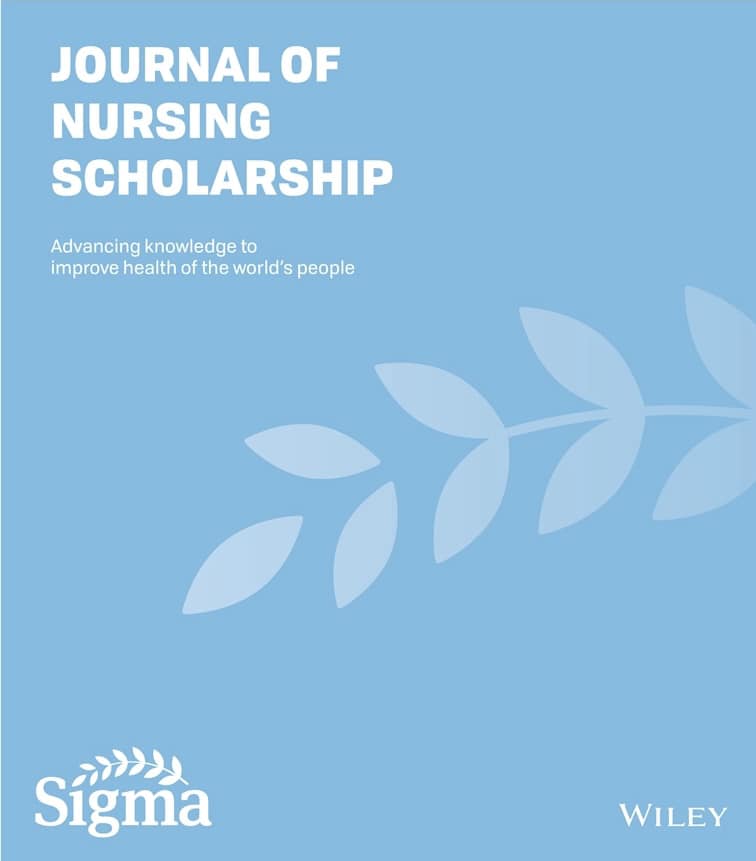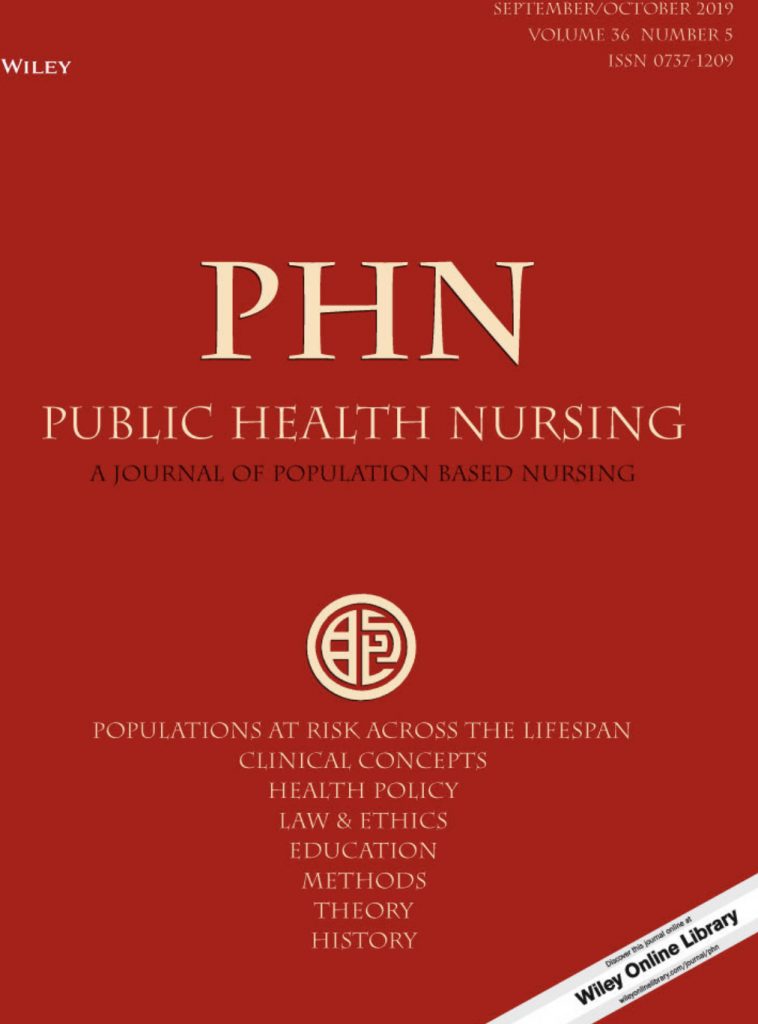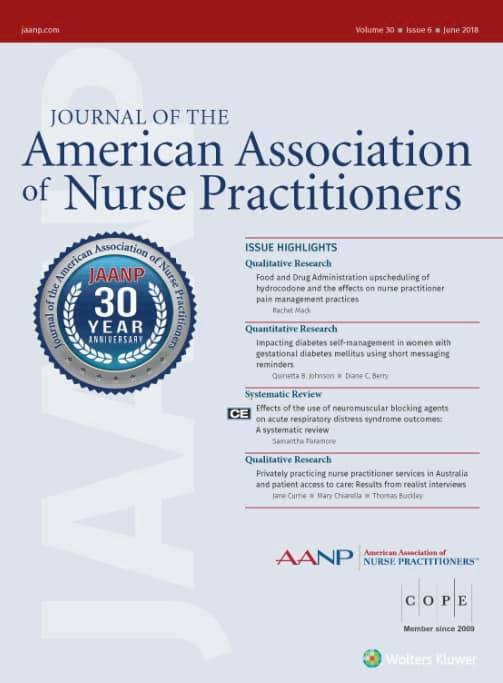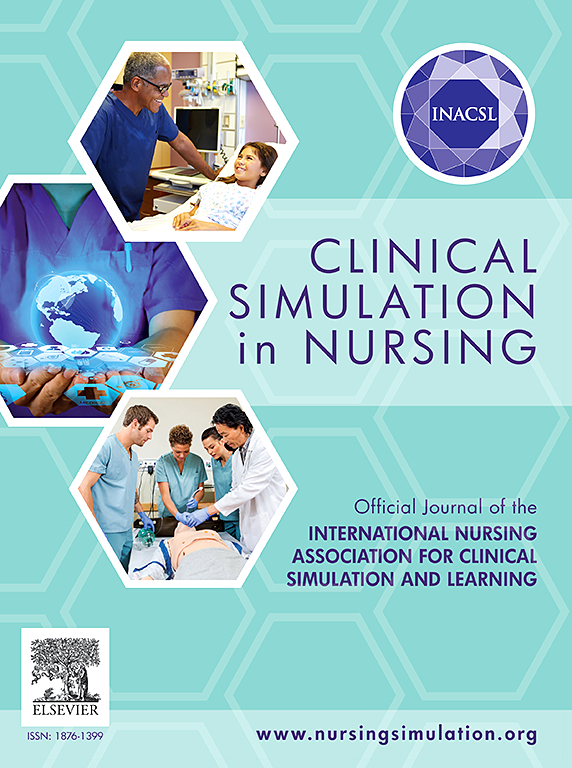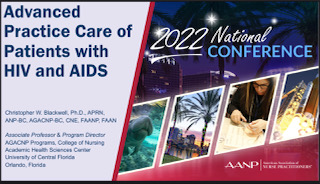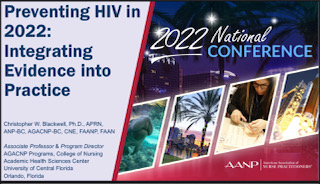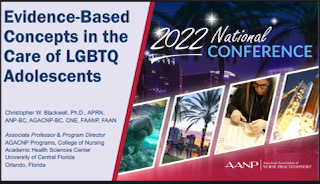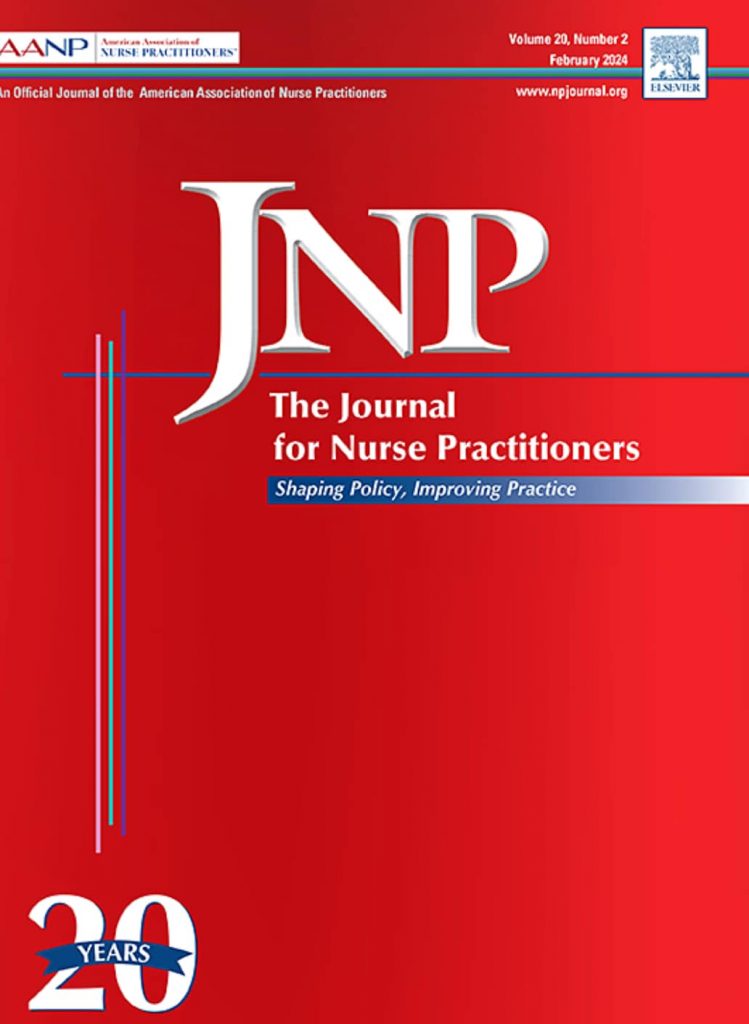
Dr. Blackwell has 3 upcoming articles that will be published in JNP–The Journal for Nurse Practitioners. The first article is an editorial that marks the end of Dr. Blackwell’s year-long work as the guest editor for the journal’s special issue on acute care (https://www.sciencedirect.com/journal/the-journal-for-nurse-practitioners/special-issue/10FBVLB01WJ). Entitled, “Nurse Practitioners in Acute Care: Make a Commitment to Excellence!,” the editorial focuses on some of the educational and certification disparities in nurse practitioners (NPs) working in acute care settings, and encourages non-acute care certified NPs to enhance their clinical knowledge and expertise by ensuring they’re properly educated and credentialed.
The second article provides a critical clinical update to an earlier 2024 article Dr. Blackwell published on CDC isolation directives for patients exposed to the SARS-CoV-2 virus (http://drchristopherblackwell.com/documents/1-s2.0-S1555415524000382-main.pdf). The article, “Policy Update: CDC Isolation Directives for Patients Exposed to Severe Acute Respiratory Syndrome Coronavirus 2” updates clinicians on the very recent changes to CDC isolation procedures for these persons. The abstract is as follow:
The Centers for Disease Control and Prevention (CDC) recently updated its recommendations on isolation procedures for patients exposed to SARS-CoV-2. Updated directives are based on symptoms and febrile status. Specifically, patients should remain at home and avoid others until their symptoms are overall improving and they have been afebrile for at least 24 hours without use of antipyretics. After isolating, additional precautions should be observed for five days. Further considerations may be necessary for higher-risk patient populations. This article is a short policy brief update that supplements a recent 2024 article published by Blackwell in The Journal for Nurse Practitioners.
The final article, “Scaffolding Adult-Gerontology Acute Care Nurse Practitioner Program Outcomes through Simulation” explores the role simulation has in AGACNP curricula designed around learner exposure to higher patient acuity levels through programmatic progression. Dr. Blackwell is second author behind fellow UCF AGACNP Faculty colleague Dr. Frank Guido-Sanz. Other members of the research team behind the work included Drs. Mindi Anderson, Desiree Diaz, and Steven Talbert. The abstract for this article appears below:
Simulation-based education (SBE), incorporating the scaffolding and augmented/virtual reality experiences, is noteworthy for meeting the outcomes of adult-gerontology acute care nurse practitioner (AGACNP) education. Faculty in AGACNP programs must have a strong understanding of the pedagogy associated with the use of simulation in advanced practice nursing education. When designing and implementing simulation experiences for learners, faculty must consider their progression in increasing and building upon knowledge and skills through the AGACNP curriculum. This article discusses effective strategies for faculty to use a scaffolding approach when designing and implementing SBEs. Specific SBE experience exemplars will be discussed.
Once these articles are published, readers will be able to find them by clicking the “Research” tab at the top of Dr. Blackwell’s professional Web site (http://drchristopherblackwell.com). The Web site, including the Research page and links, are updated in late May, August, and December.

